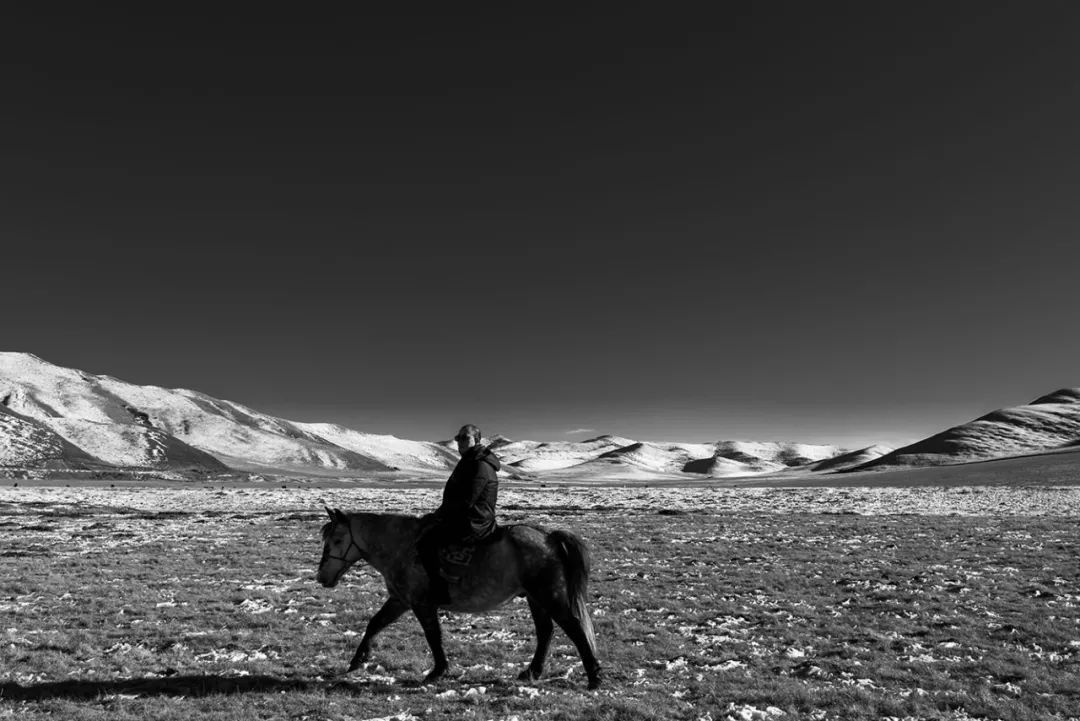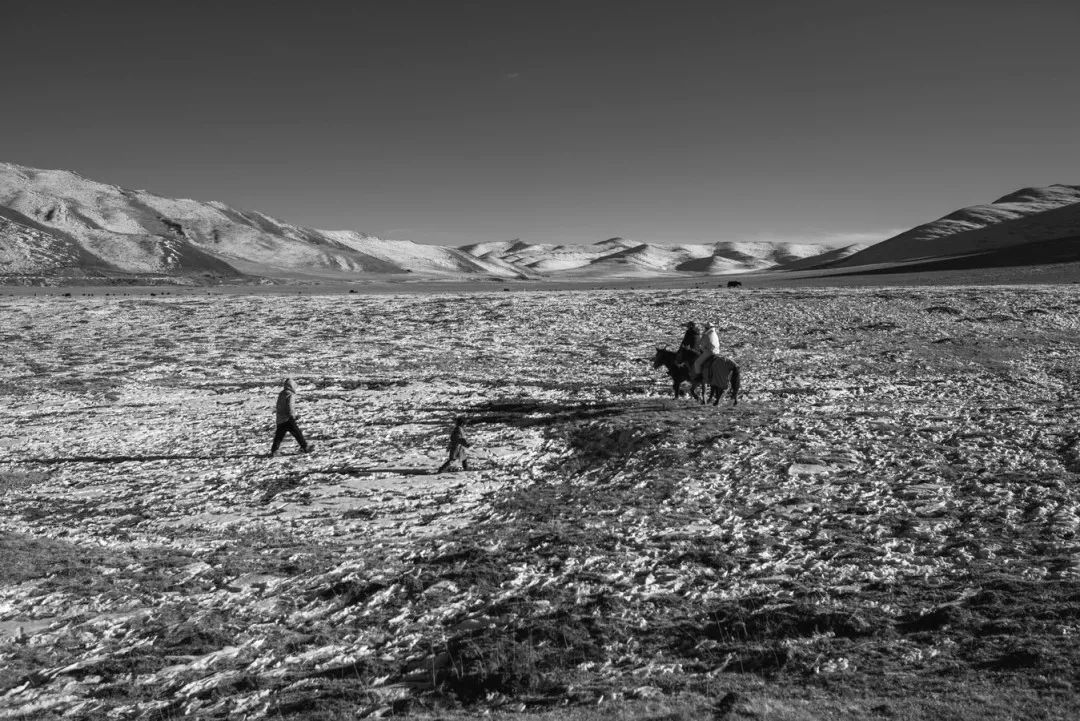
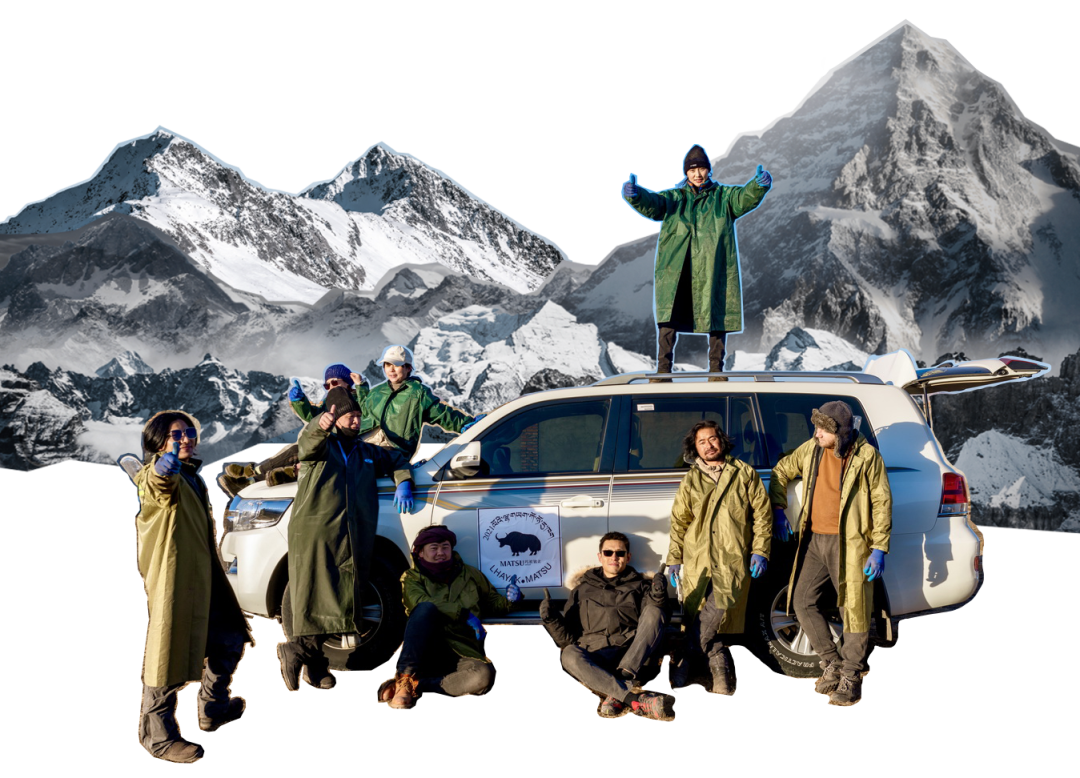
On December 2021, leading a team by himself, Mr. CaiYanguo, Board Chairman of MATSU, invited the Belgian designer Joeri to take a road trip to Tibet together withthe founder of LHAYAK Megyur Dojee and his team, to experience the nomadic culture with deep reverence.And I was part of the team.
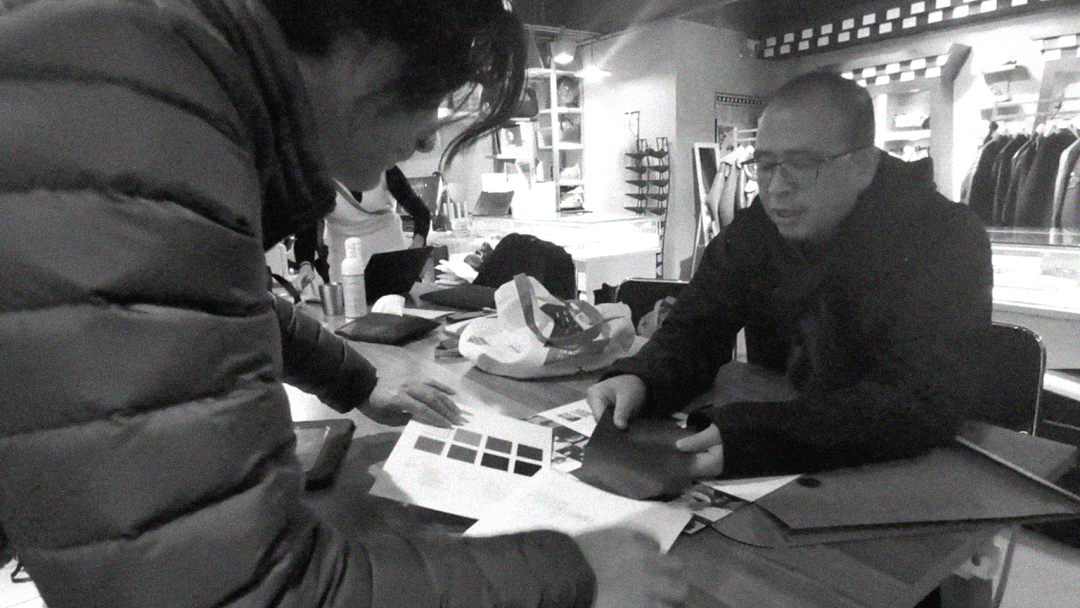
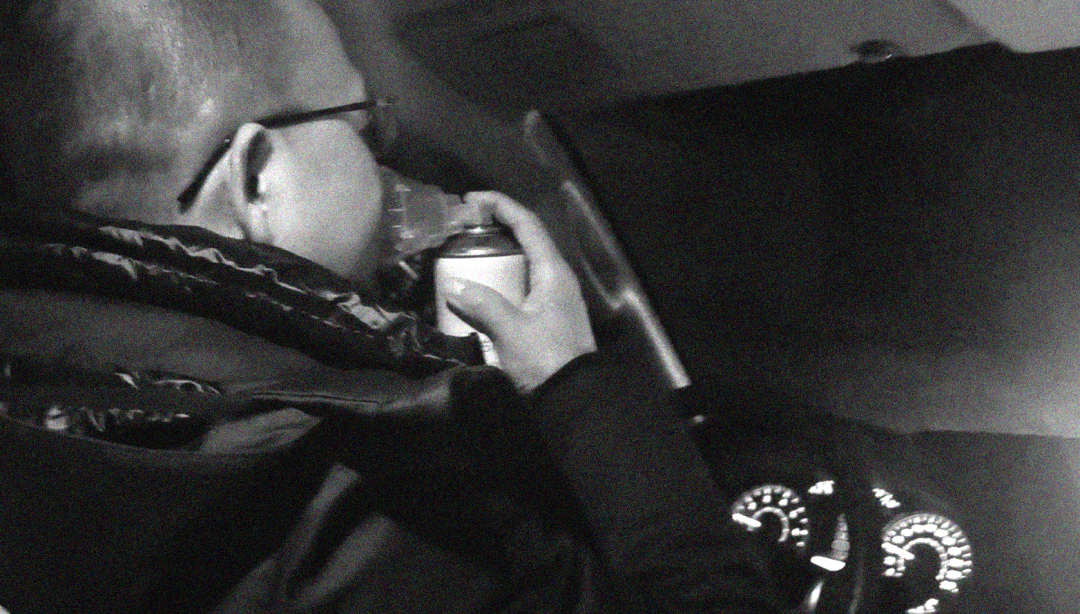
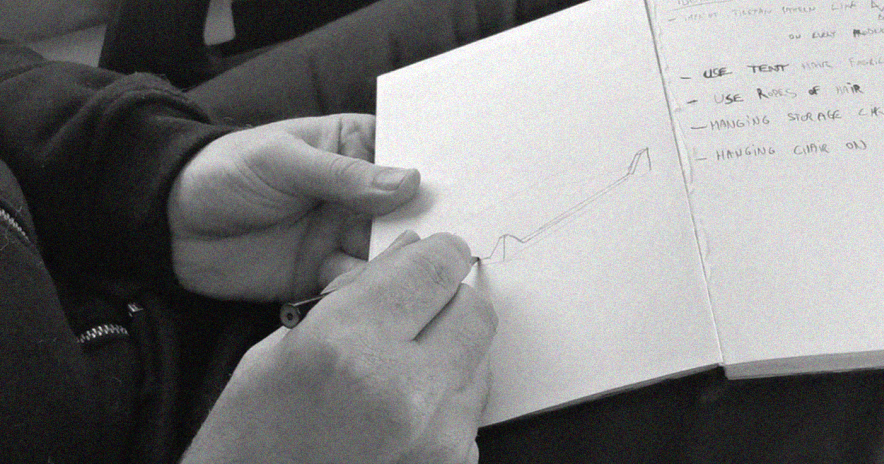
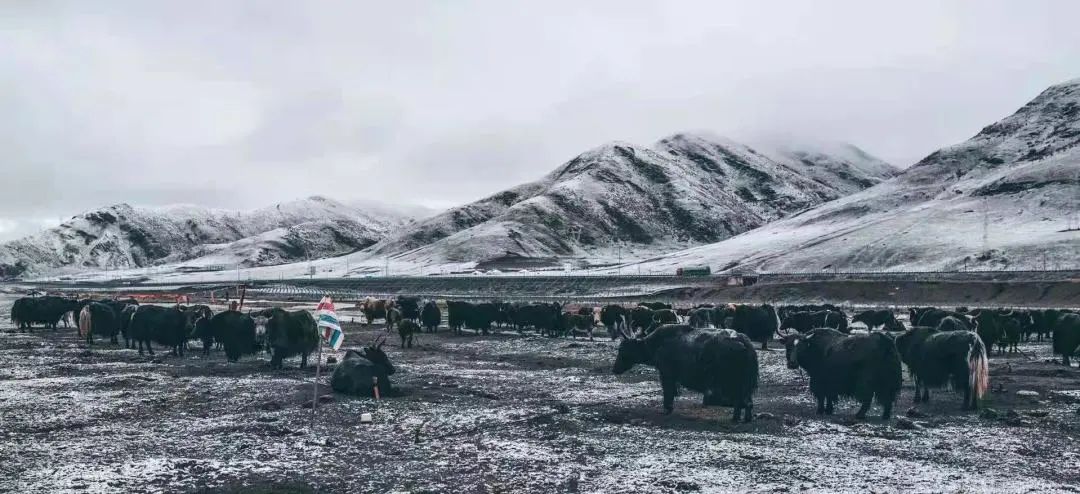
01 A Visit to Gemosi
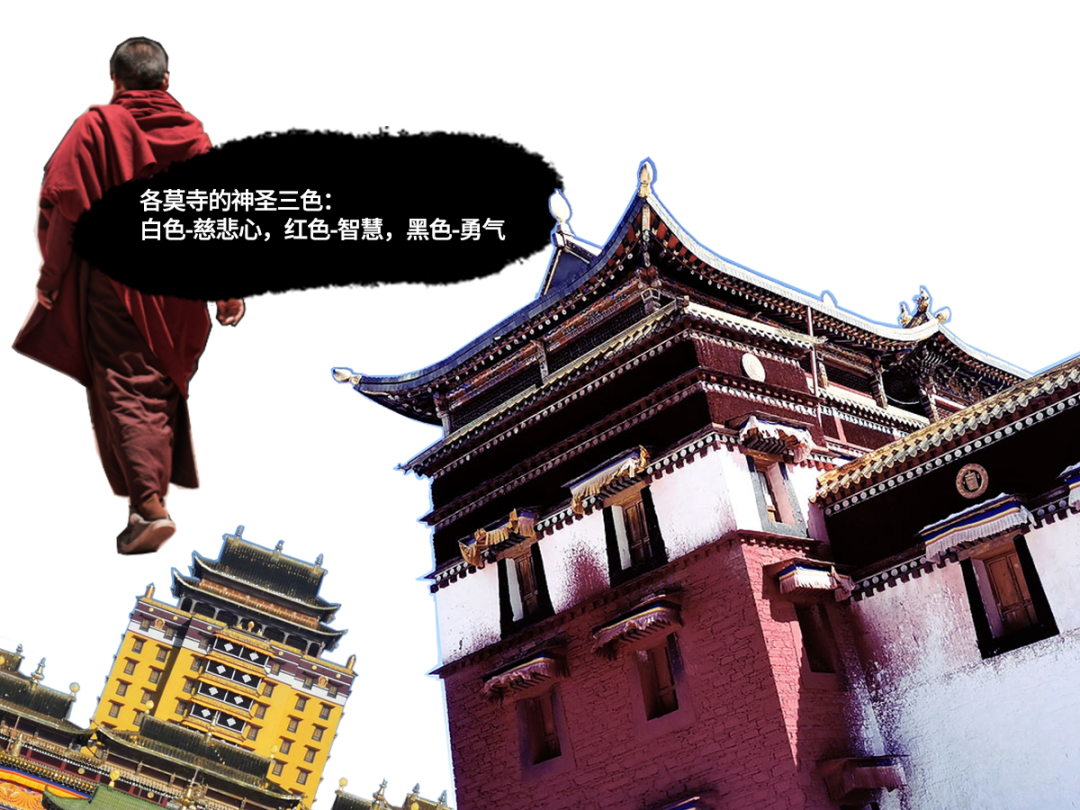
Along the way,the sky was high and theclouds were pale.First,we paid a visit toGemosi.
December in Tibet was freezing cold withcloudless blue sky.Dazzling white snowcovered the earth and concealed all filth andgrime. The contrast between snow piling uphigh on tiles and red brick walls appearedsolemn,serene and sacred.
Despite the cold weather, we, a bunch of city dwellers from the South, werevery excited to see snow-covered towns, let alone the fact that it is home tothe mysterious Tibetan Buddhism. Megyur Dojee walked and glided on the ic)road, and even lay down on the snowfield to eat snow... Laughing like a childhe said, "The funniest thing is my childhood is tasting snow on the snow! Whenwe protect and cherish nature, everything it has to offer is the best gift. Theyare pure, pollution-free, fresh and healthy!"
Megyur and Cai Yanguo told us about the three sacred colors of Gemosi pleas.ingly and impressively, "White represents compassion, red wisdom, and blackcourage. These are the three traits we must have in order to perceive truththrough medication. And our company has been striving to accomplish whatother commercial enterprises have never attempted to do with good wil(white) and courage (black); by purchasing yak hides (red), we help to increasethe income of herdsmen, so that they can continue to protect the grasslandecology with their nomadic lifestyle."
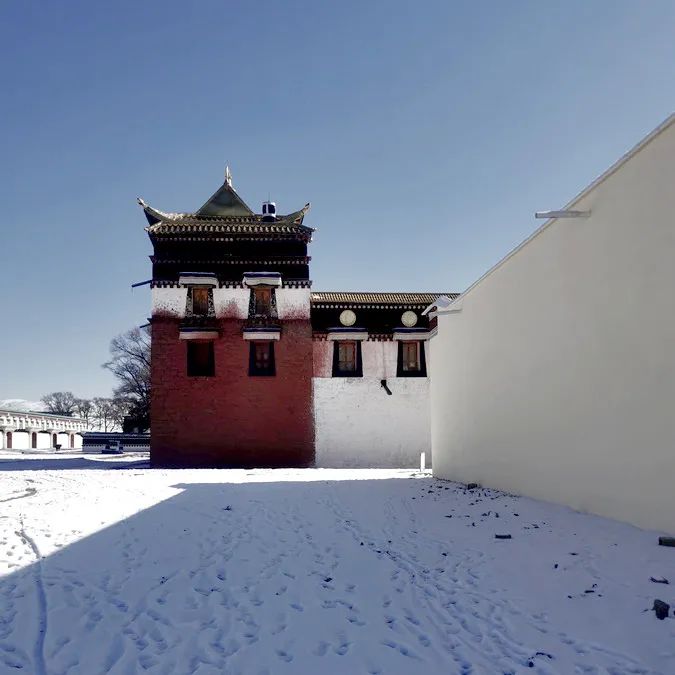
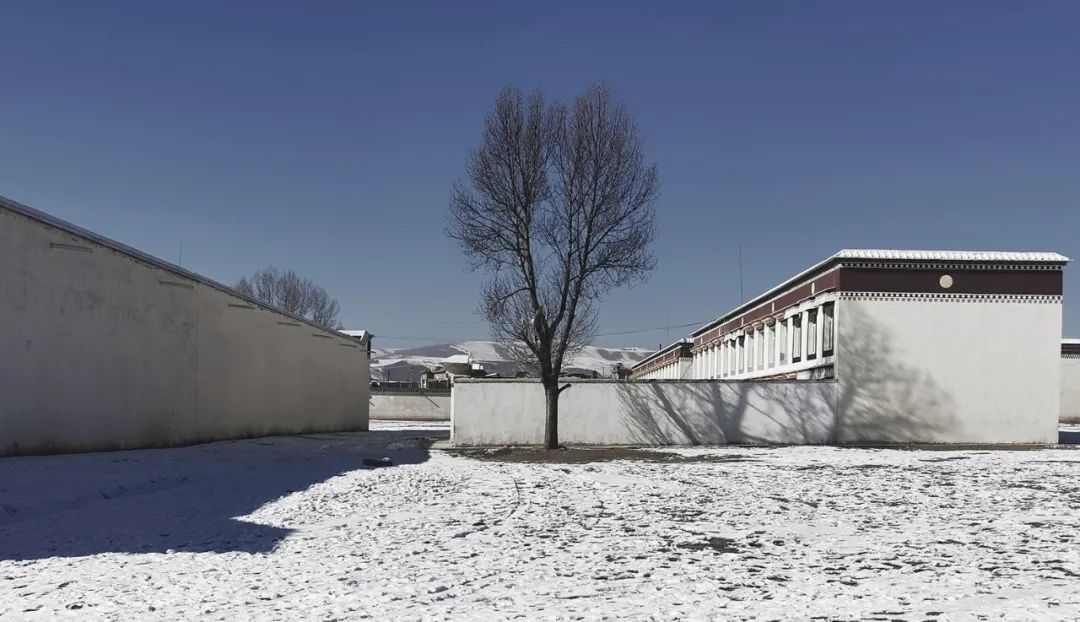
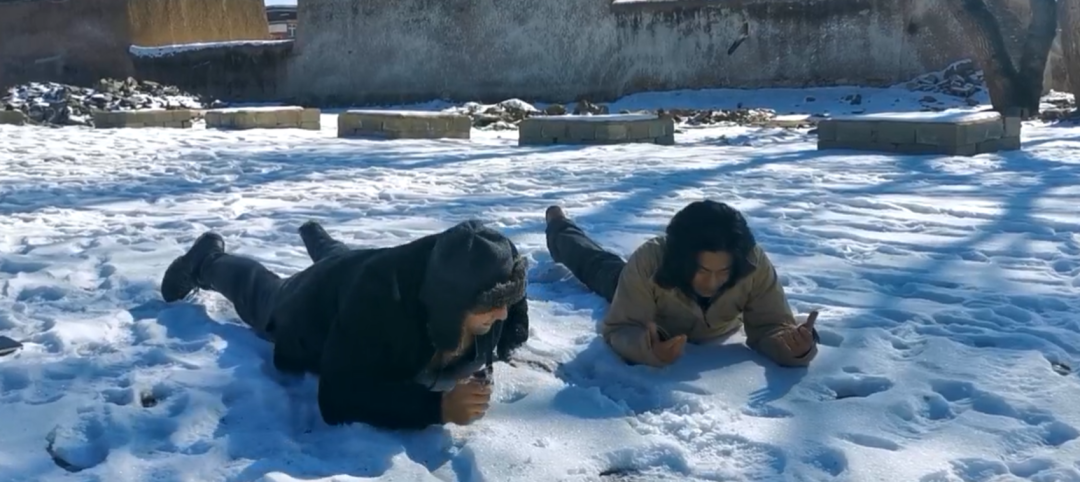
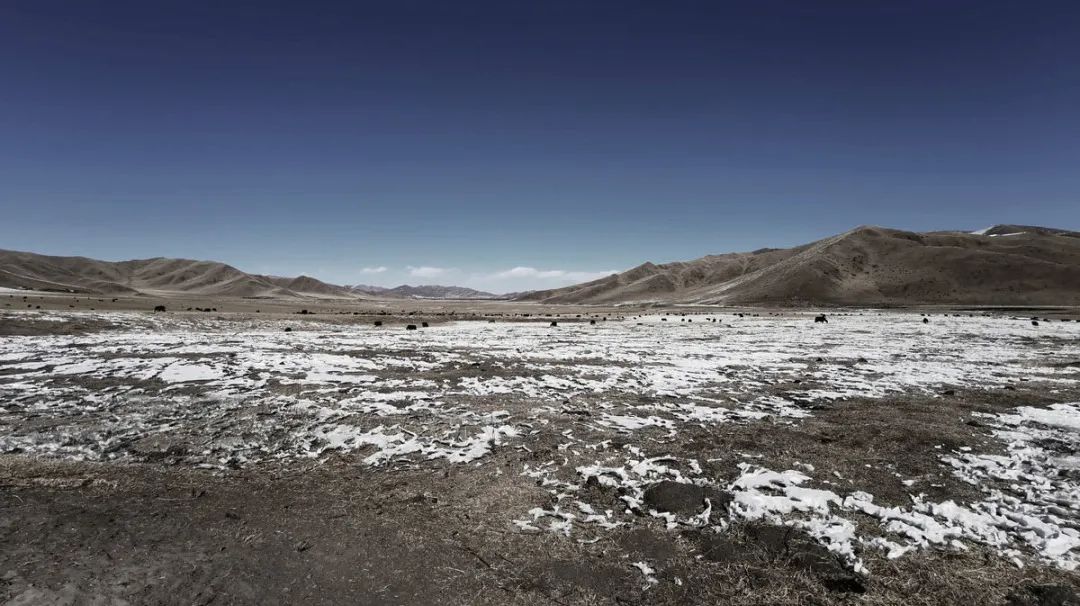
How We Protect Ecology by lncreasing the Income of Herdsmen?
Mining and road works, grazing in cage, imbalance between the number otpikas and grassland area...a series of issues have led to a decrease in the watersof Zoige Grassland and severe desertification. lt happens that the most ecological way of protecting nature and treating desertification is the practice of locaherdsmen: after sowing grass seeds, let yaks tread on the soil to help the seedstake root and sprout, so as not to be blown away by wind or burned by theultraviolet rays of the plateau. Therefore, to increase the income of herdsmenkeep them on grassland and retain their grazing lifestyle has formed a benign cycleof ecological conservation chain: we protect herdsmen, and herdsman protectnature, thereby protecting Tibetan Plateau-the Water Tower of Asia.
02 A Taste ofYAK dung
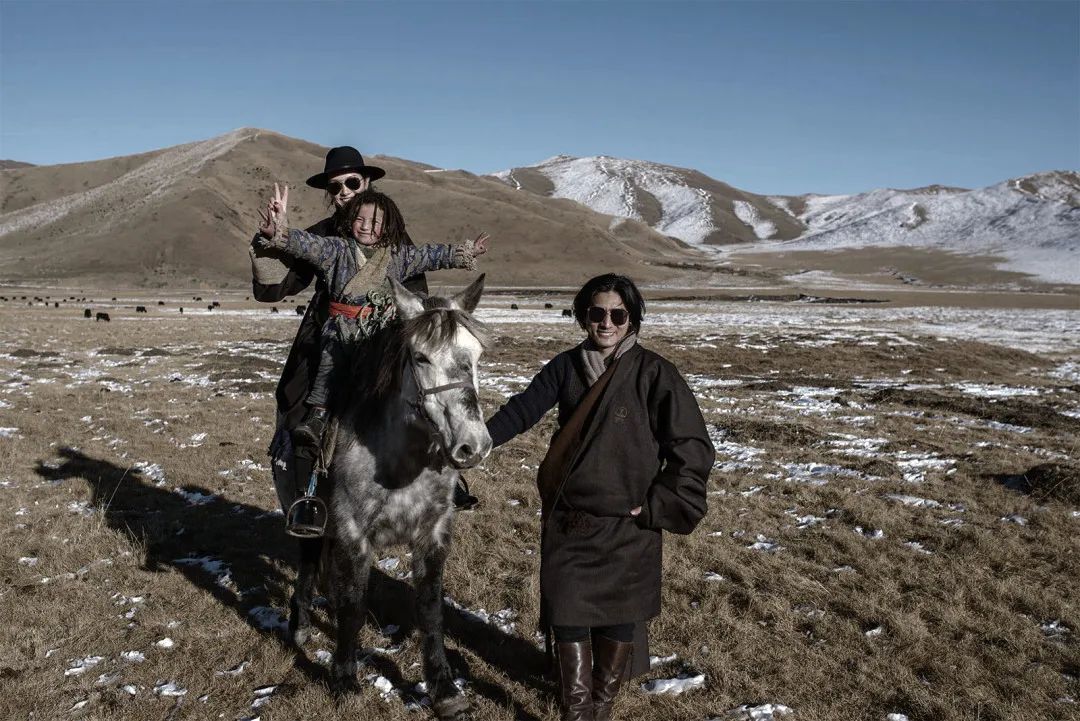
On the first day upon arrival in Tibet, the team visited the home of MegyurDojee, the founder of LHAYAK. We noticed that blocks of yak dung burning inthe stove, and Megyur' s grandma started to talk about the various benefits ofyak dung excitedly,"Yaks drink mineral water and eats cordyceps, and yakdung is also a treasure." To the herdsmen, the filthy excrement in our eyesactually represents cleanliness."When we can' t find tableware, we would putfood on vak dung, because it is clean" Megyur added.
Due to the cleanliness of diet, yak dung doesn' t stink at all; plus thebactericidal effect of the strong ultraviolet rays and extremely low humidity onthe plateau, sundried yak dung even smells like hay. "Come on. Try it!" Megyurlikes to joke. To "lure" us into eating yak dung, he popped a block into hismouth while talking, and handed out yak dung to all of us. Our eyes widened insurprise-little did we know that the first thing we did in Tibet would be eatingdung! Unexpectedly, vak dung does not have any flavor-it is more like driedbred.
From hesitation and reluctance to careful examination of the yak dungin hand,and then the"flavorless" surprise which eventually resulted in mutual trust, the team bonded and gradually developed trust in nature. We also started to realize how far away we used to be from nature.
A taste of yak dung led us to reconsider the connotation of cleanliness.Cleanliness is not a result of artificial "disinfection" or "puri- fication" with chemicals.What’s real clean are directly drinkable spring water,naturalfood and untainted air. These are strange on even luxuries to urban residents, but commonplace to vaks freely roaming on the grassland. Due to a clean living environment, yak dung has a rich variety of functions: yak dung itself is a source of clean energy, and the smoke from burning yak dung can be sued for disinfection; in Tibetan weddings, people would fill exquisite baskets with yak dung and wrap them with Hada as a symbol of happiness, good luck and fortune.
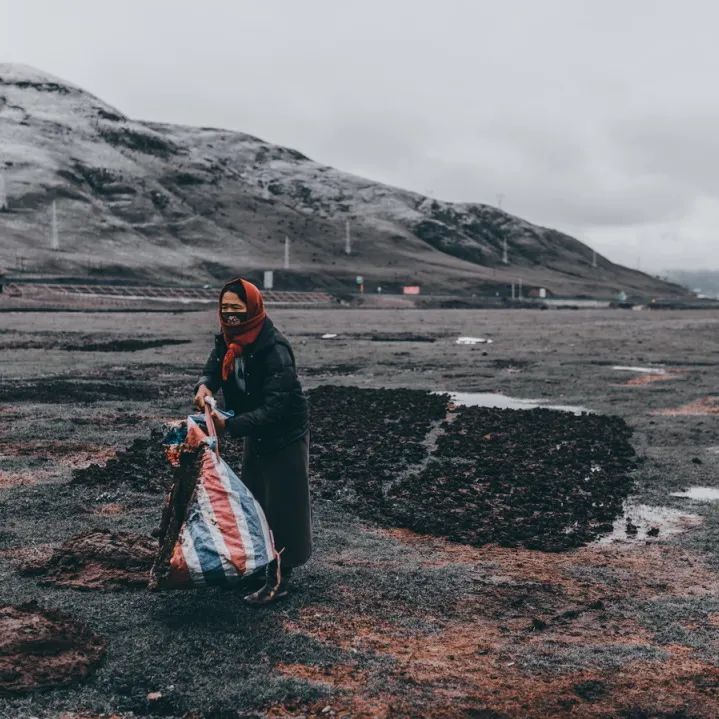
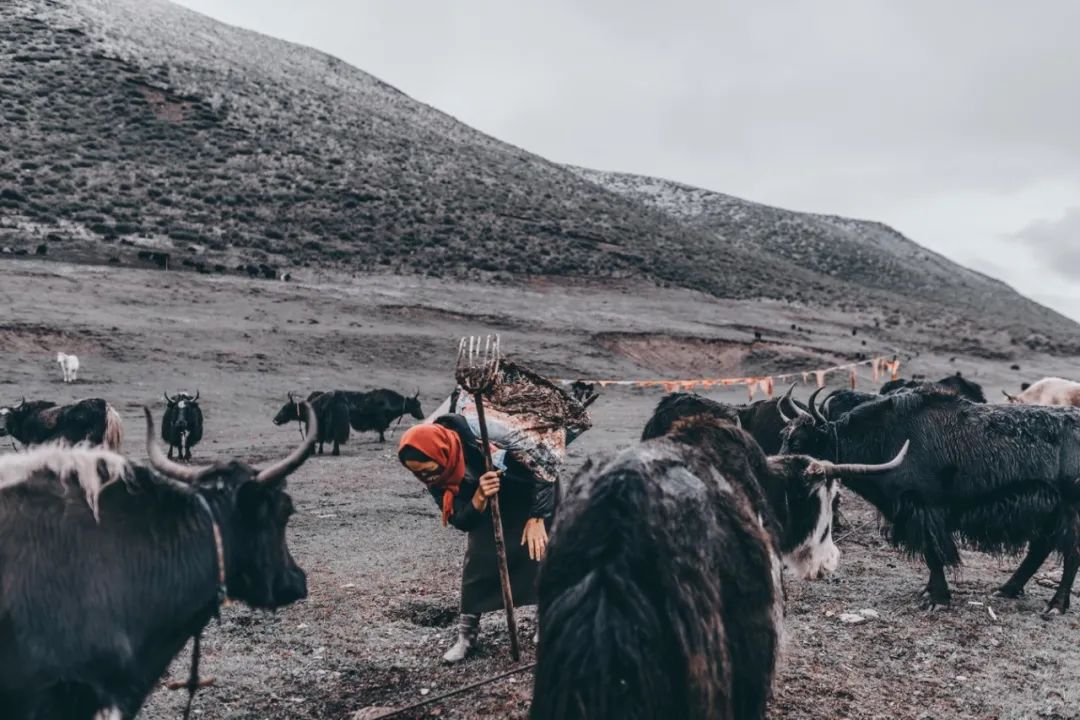
03 YAK Hide Purchase
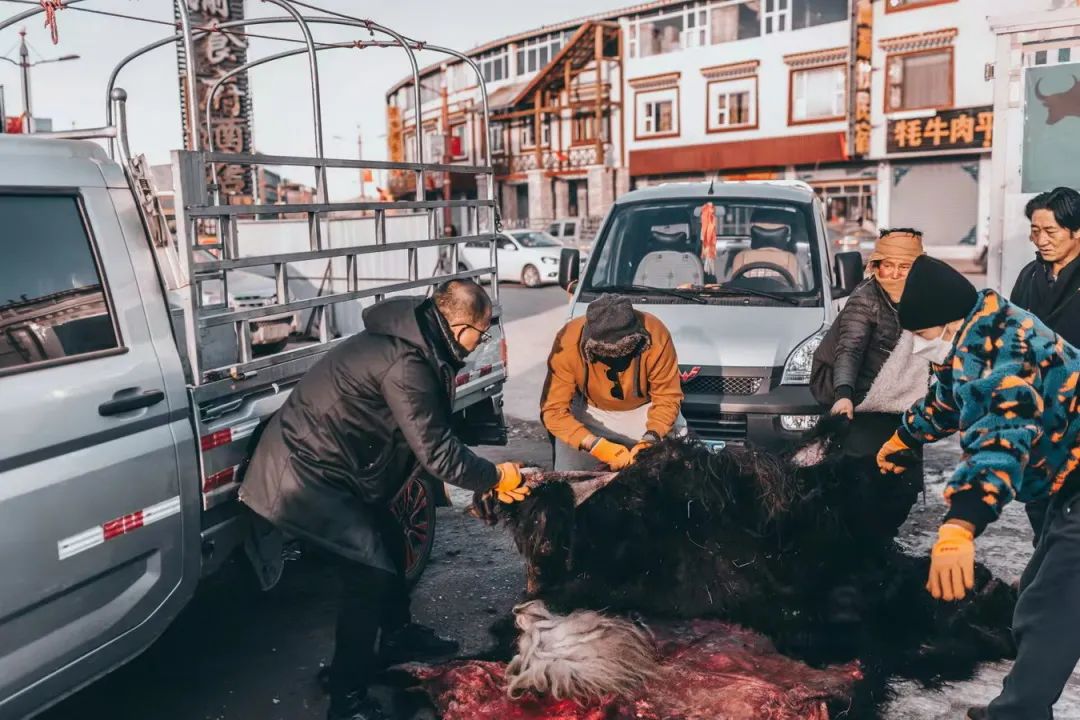
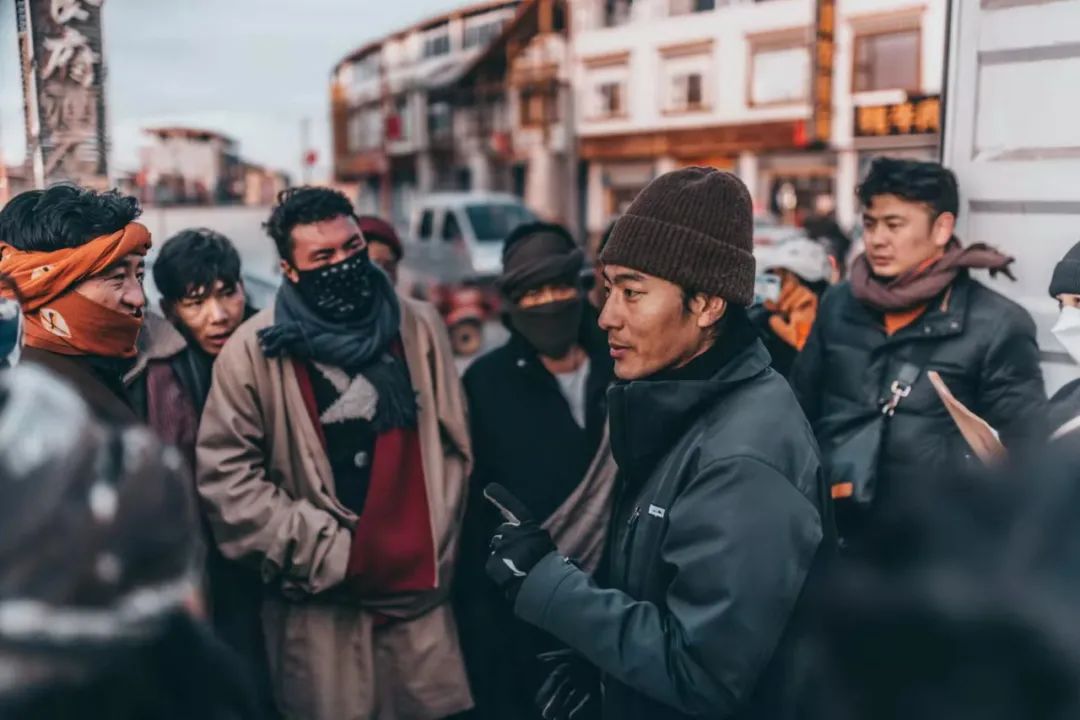
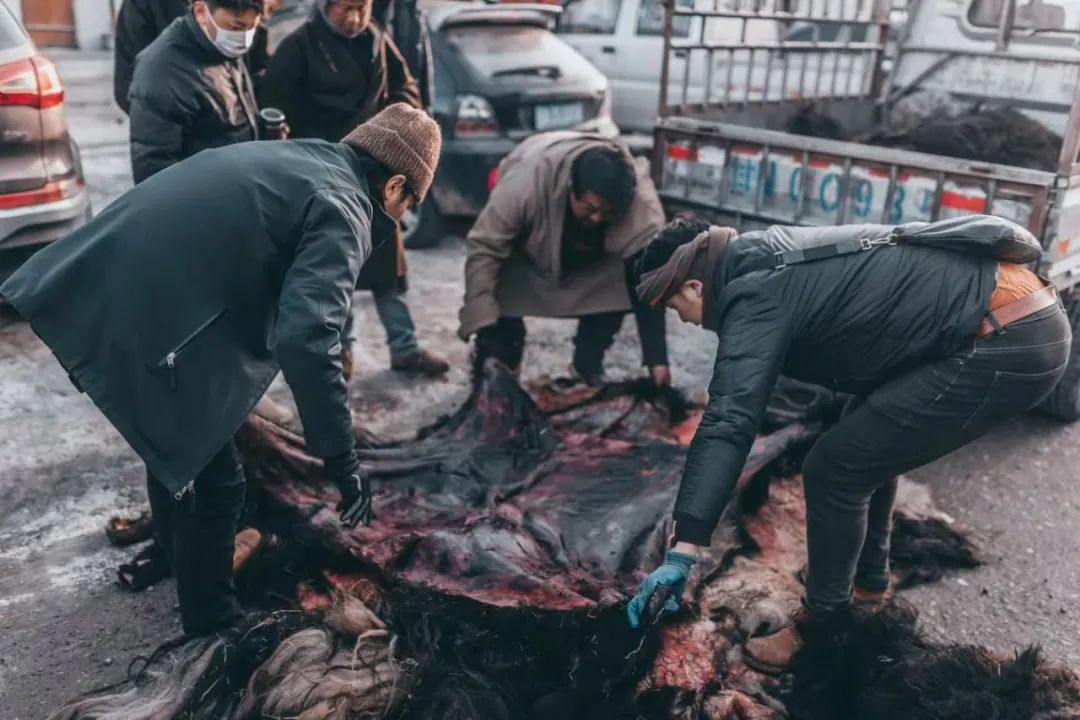
During our trip, we regretted to see severe desertification of l Zoige Grassland, the once favorite place of yaks. This made us realize the urgency of ecological protection profoun dly. With certain heaviness in mind, later we arrived at Tangke Town in the Zioge Area to purchase yak hides. Look king forward to our visit, the local herdsmen succes- sively arrived at the acquisition point by motorcycle, tricycle, r ninivan, etc. In the sparsely populated Tangke, herds- men gradually gathered to sell hides and watch.
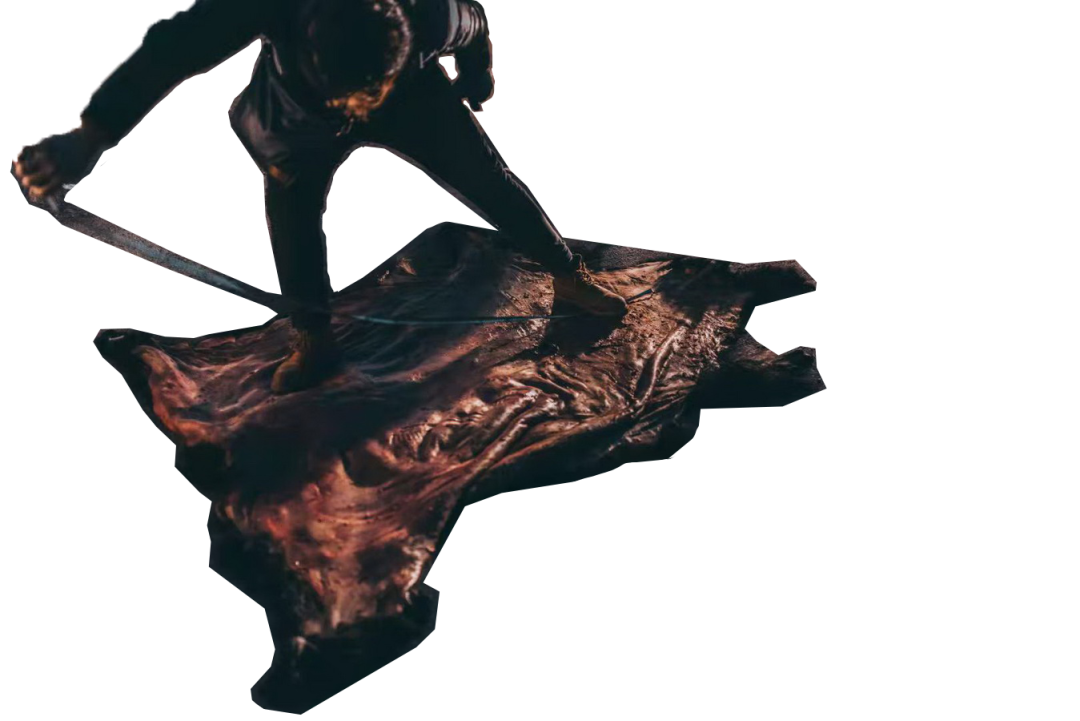
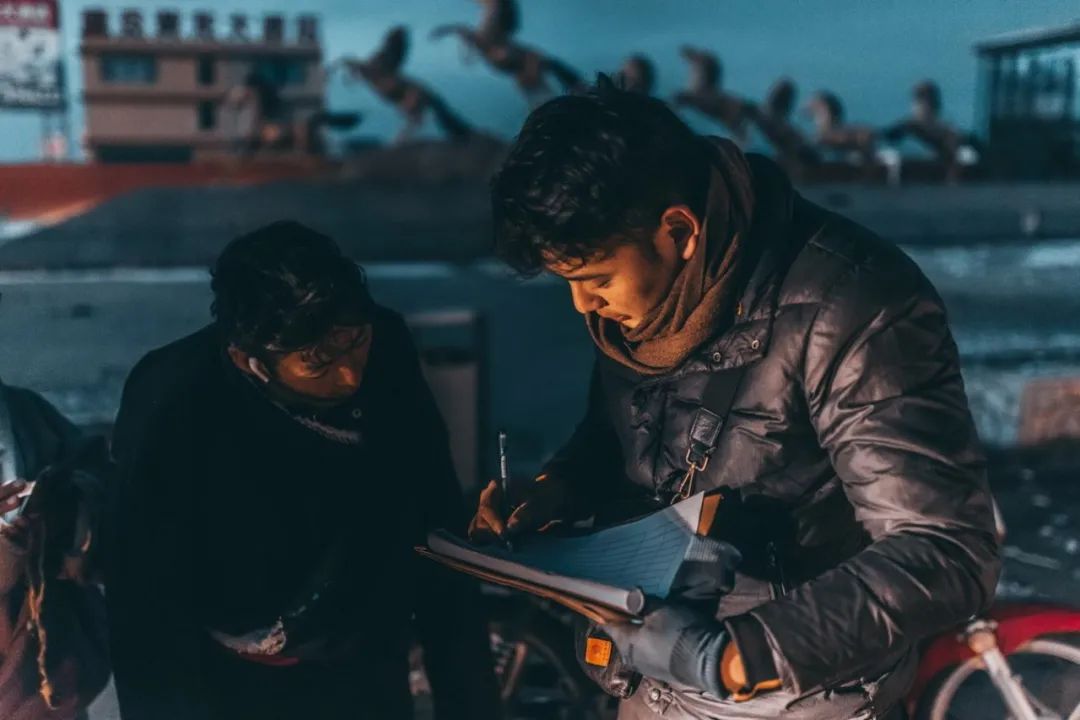
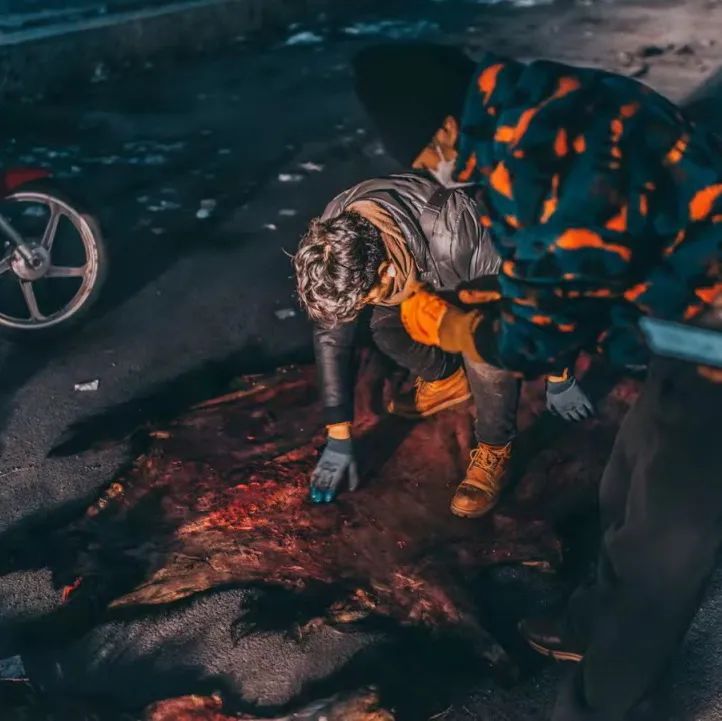
The enthusiasm of herdsmen with expectant looks on their fa ces made us more deeply aware of the social respon- sibilities of an enterprise and the purpose of our trip: we hope to increase the income of local herdsmen through a purchase of yak hides, thus keeping them on the grassland.
Since the hides were all from free-range yaks, we had to exam ine each hide carefully to eliminate those with worm holes and large scars. If the hide was up to standard, we woul d pay cash to the seller; also, we informed them one by one of the correct way to skin a yak so as to prevent unwa inted artificial damage to leather at source.
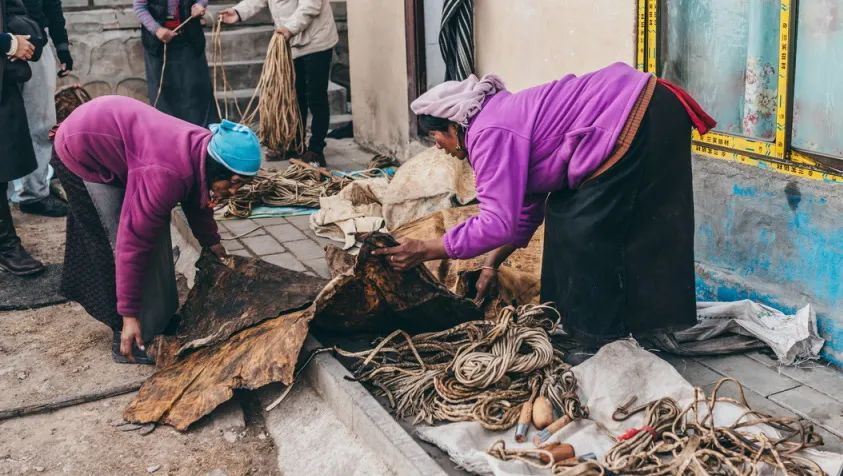
04 Shearing
After yak hide purchase, we started shearing.
One of the features of yaks is the long hair growing on the abdomen and legs Herdsmen used to collect yak hair to make ropes for their black tents and the leash for yaks.Howeverin the process of modernization fewer and fewer people have carried on this time-consuming and laborious tradition.With the popularization of plastic tents, natural and durable yak hair has become waste material;furthermore, the large quantity of chemicals used for dehairing in the conventional industrial processing of leather has resulted in tremendous pressure on the environment Therefore,we try out best to shear and collect yak hair to give it to the herdsmen in the future or explore new commercial purposes.
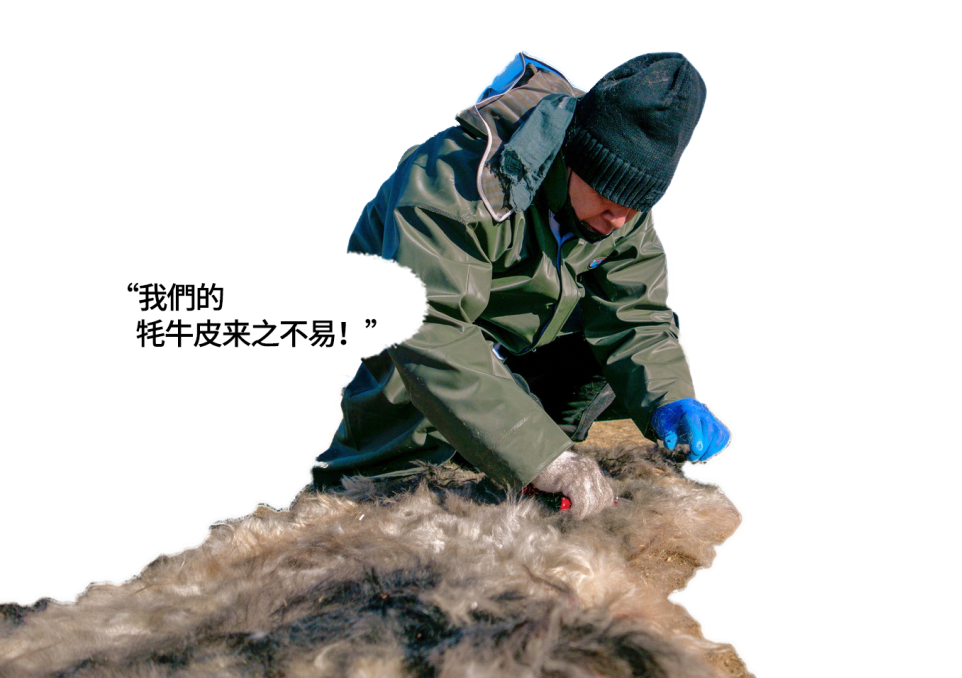
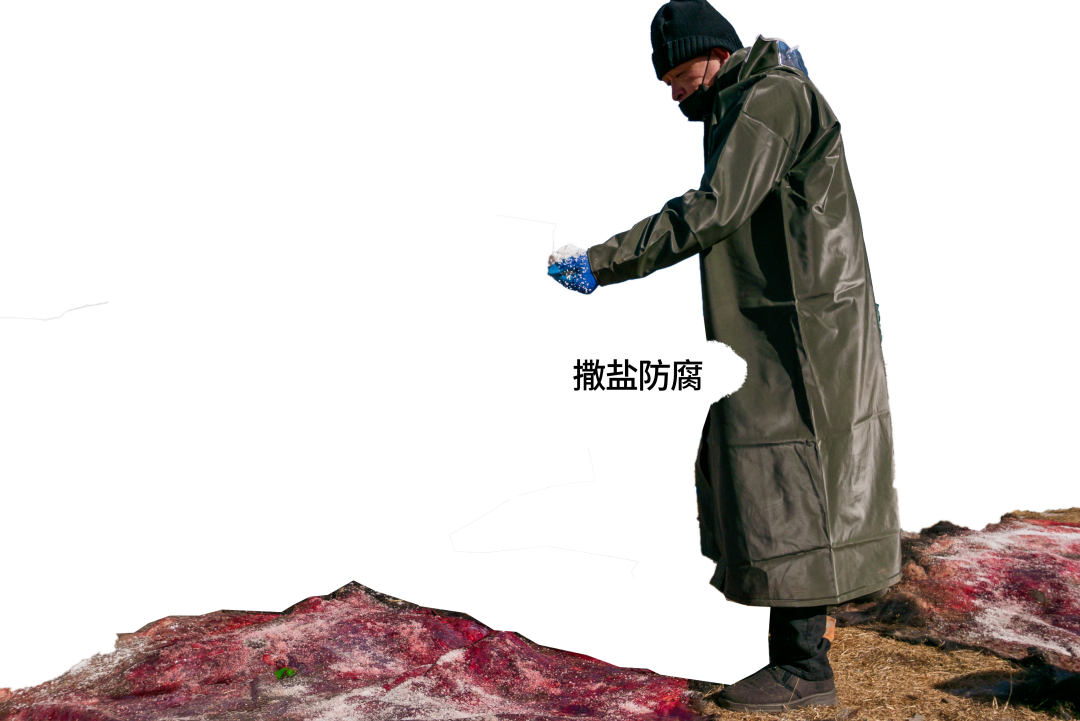
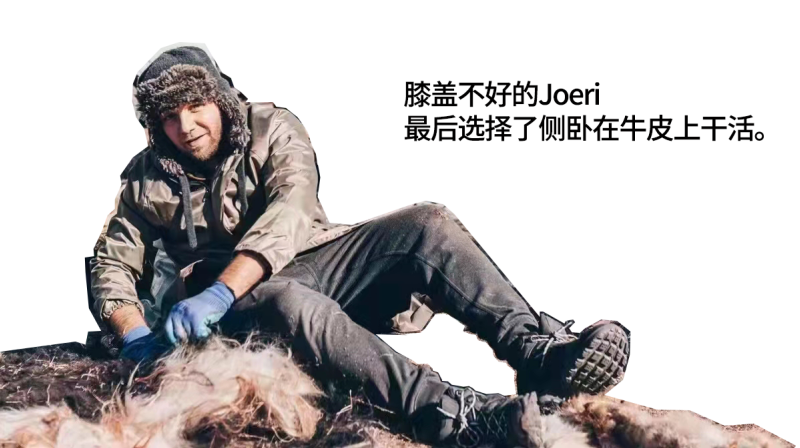
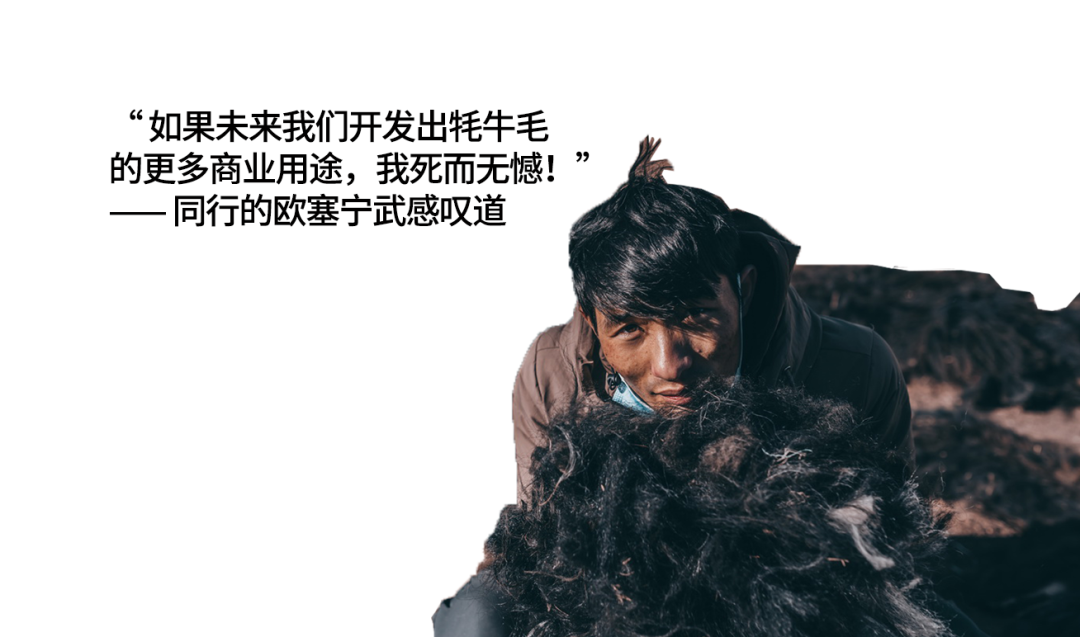
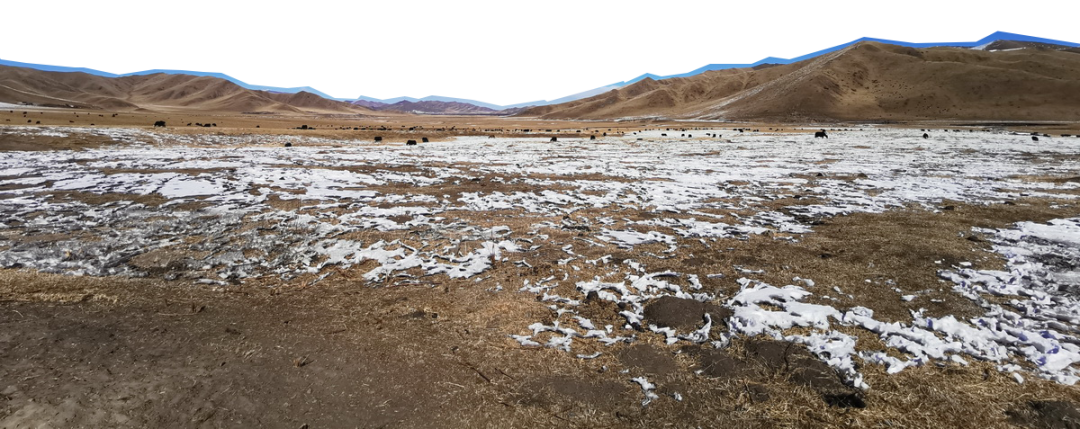
The average temperature of the plateau in winter is below -10°C. In a dry and sandblasted open field, several people were shearing yaks with great efforts. The blood, salt and dust sticking to yak hair made it hard and tough; due to the restriction of conditions, people had to kneel or squat to do the job. Joeri with bad knees eventually chose to lie on his side on a vak hide to workBefore lona. with aching fingers and numbness and tingling in four limbs, people became short of breath under plateau hypoxia.
Full of excitement, designer Joeri said wh sile puffing and panting, "As an independent designer,I often had to make a compromise with the reality, and follow the client’s way of thinking in design However, deep down in my heart, I long for something meaningful, which I call'passionate design.' This time, as a designer for MATSU/LHAYAK, I have a chance to design with passion, which is a kind of rare happiness for me, and gives me o onfidence and courage to do more similar designs."
We worked until it was dark. Eventually, the girls didn' t even have the strength to flip over a yak hide. But no one complained the entire time. The fatigue from work was cancelled out with an optimistic and positive attitude."It’s not easy being a barber!" This seemingly cheap "manual work" made us feel a strong human touch behind it and recognize the preciousness of raw materials from nature.
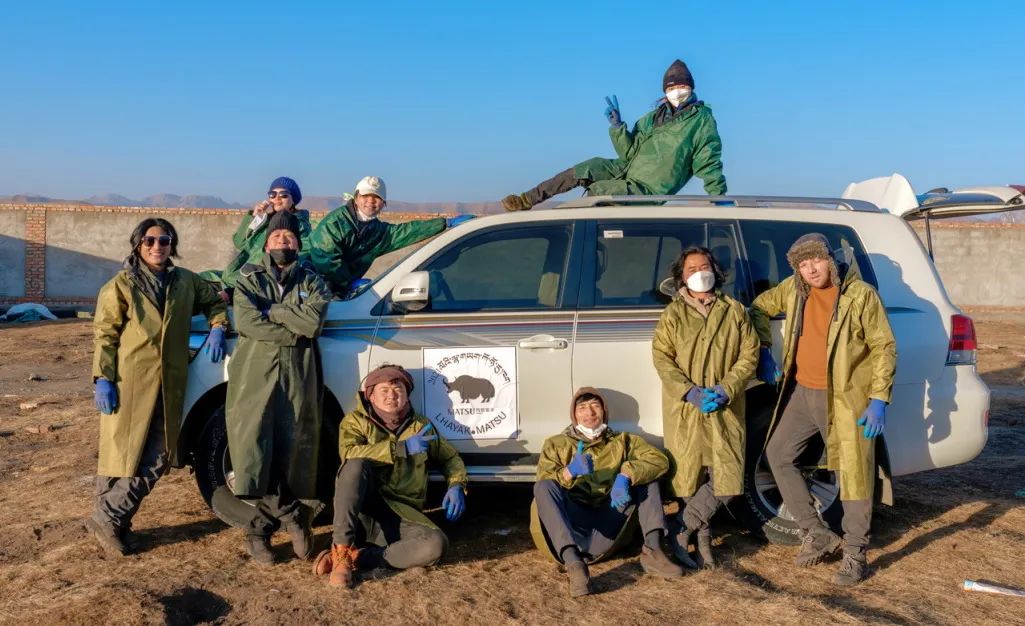
05 "Blessed"Yak Hides
The purchase of yak hides took nearly a month.On the last dayLHAYAK's team together with herdsmen and women loaded a 17m-long truck with over1800 yak hides weighing more than twenty tons in total.From dawn to sundown, it was a whole day’s work.We were especially touched to see that the women kept chanting and praying for the yak hides while working hard to load the truck.All the yak hides we purchased are blessed the furniture and leather products that we make with them are loaded with the herdsmens hopes. This is the greatest encouragement for us and it is also our most important responsibility to be worthy of their blessings and hopes.
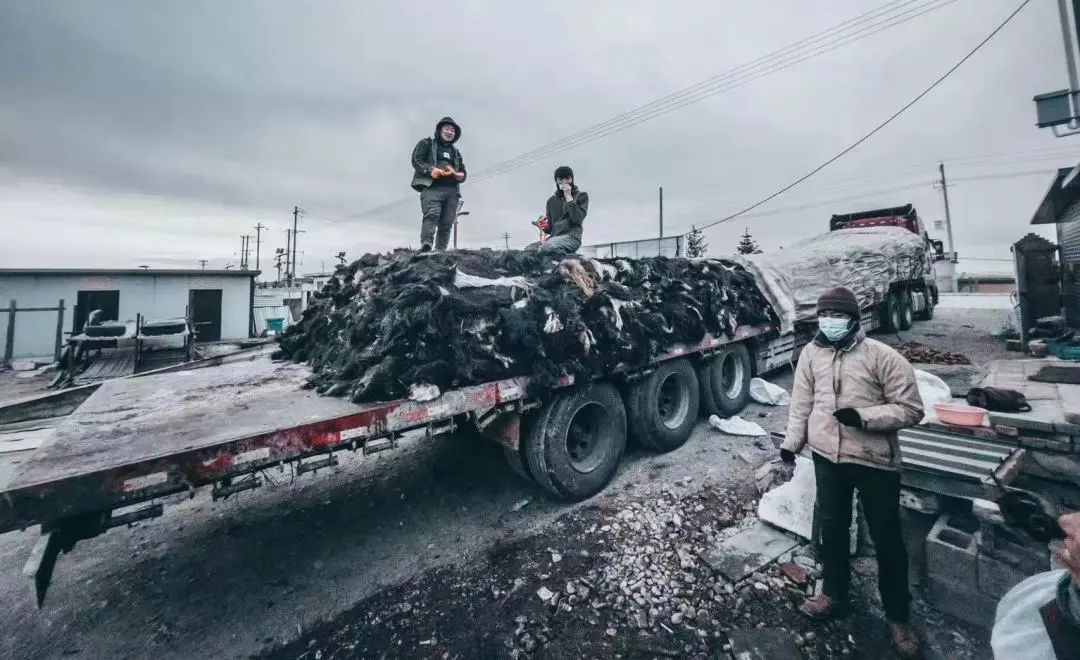
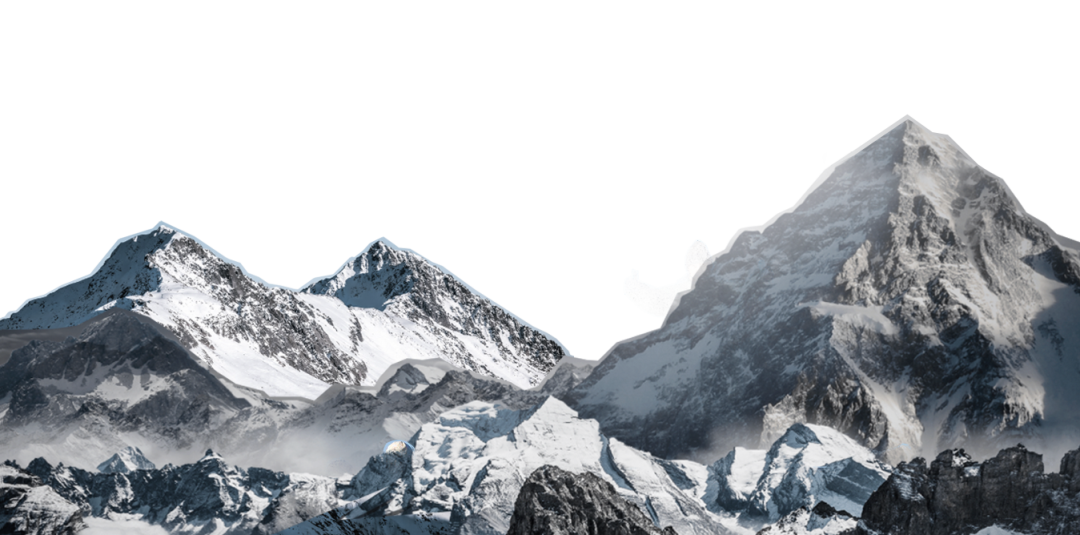
06 Social Enterprise
However reluctant we were, it was the time to leave. During this trip, the inexhaustible life of the vibrant grassland left a deep impression, and it dawned on me that abundance should originate from a return to nature. Yaks are the habitants of Tibet, and the habitants of Tibet are yaks.
It is worth mentioning that we managed to make use of yak hair in furniture with the traditional hand-knitting method we collected. Afterwards, we will integrate the yak hides we purchased and our inspirations from the trip into the development of our "Nomadic Office" product series, which will first be exhibited in Xiao Hui Wang Art Museum in November 2022. By infusing the freshness and authenticity from nature into urban office life. we aim to draw more attention to the association between nomadic culture and ecology, and keep exploring a path for social enterprise.
Many would ask what is "social enterprise."It is not a charity organization and its profitability and sustainability in the market economy era requires wisdom At present, there is no universal definition of social enterprise.It mainly refers to the mobilization of social forces through social innovation and market mechanism. and the utilization of business strateaies to the areatest extent for improving the living conditions of human and the environment rather than maximizing the interest of external stakeholders.In simpler words, it is"charity through trade, rather than charity and trade."
Howeverlike charity, everything we do is driven by good will.We respect ecology, nomadic culture and herdsmen, as they are the last quardian of the plateau. lf they vanish,the heaven-like environment will turn into the world’s highest desert, and the treasures of civilization with thousands of years of history will all be lost.
It may be more understandable if we explain"social enterprise" with another example.During our purchase of yak hides ,someone asked "Which area has the best leather?" Megyur Dojee smiled meaningfully and answered seriously:"lt depends on how you define the purpose of our purchase.If we only pursue leather of the highest quality,areas without abundant water and grass but no trees (as branches may scratch leather) would be the best,like Qinghai. Never- theless, for LHAYAK and MATSU, our main purpose is to increase the income of herdsman, rather than focusing on a certain region,especially not regions with relatively advantageous conditions.Therefore, we need to strike a balance between helping herdsmen and selecting good leather.This is what a social enterprise should consider and strive to achieve!"
We also believe that the future belongs to businesses bound by moral rules With the support of herdsmen and attention from people, the tortuous path to the future is filled with tender feelings, just like a cup of steaming hot buttered tea in the cold winter of Tibet.
